Hugelkultur? Is it the newest sofa from Ikea? Nope, it’s even more authentically Euro and worth more than a couple hundred bucks. “Hugelkultur” is Austrian for mound culture. It refers to a raised bed gardening practice that mimics the organically rich, decomposing, soil structure of the forest floor. The concept dates back several hundred years in Europe and has been adopted by those who follow permaculture gardening practices.
When you hear the term raised beds you’re probably envisioning tidy rectangular or square boxes, probably made of cedar boards, filled to the brim with flawless potting soil. It’s the style of raised bed that has seen increasing popularity in the past few decades, probably spurred on by Mel Bartholomew’s Square Foot Gardening movement. The style has many benefits like highly controlled soil composition, a suburban-ly acceptable tidy appearance, and reasonable resistance to weeds and pests. In fact, I’m installing a few myself this year to support my venture into market gardening. My hopes are that it will keep my farmers’ market bound crops just a little more pretty for the discerning shopper. Hey, who doesn’t enjoy the flawless chard leaf free of the stray wee beasty nibble?
Raised beds, are not however, an invention of contemporary gardening culture. Thousands of years of agricultural history have depended upon beds with a planting elevation higher than the surrounding earth. Native Americans, for example, created mounds in which to plant the famous three sister power combo of corn, beans and squash. But, if you can imagine the effort required for a Native American or ancient Chinese farmer to fell a tree, much less shape it into something akin to a board, it’s easy to imagine how that type of border was not incorporated in to the process. So what is a raised bed without wood or rock borders? Well, a mound of dirt. Mounds of dirt in various shapes. They carried many benefits that translate today:
1) Foot traffic is confined to the earth level, or recessed paths between the beds, preventing compaction in the beds that harm roots and reduce aeration.
2) Rain water fills the paths (especially if they are recessed) then penetrates into the root systems where the plants need it the most.
3) The soil in raised beds, or mounds, gets warmer faster and stays warmer longer extending growing seasons.
Sounds pretty good so far, right? What if it could be even better? What if we could increase water retention possibly eliminating the need to water AND add a slow release source of nutrients for the garden?
That brings us back to Hugelkultur. It’s an undisputed fact that nature does nature best. When it comes to creating rich growing conditions the forests of the New River Gorge region are a spectacular model for soil building. Surprisingly the underlying conditions are pretty rough considering the rich soil above. We’ve got bedrock not too far below the surface, of well, everything. But, despite that we have a lush, near rainforest environment because of a thick layer of rich topsoil that covers the rocky sandstone below.
So how can we bring that into the garden? Yep, Hugelkultur. The concept is pretty simple, dig a trench as wide and long as you chose that will function as a water reservoir. Consider a width no wider than 4′, as the average person can only reach 2′ from the edge of a bed. Consider 30 inches if you want smaller beds that you can easily step across. Then fill your trench with logs, branches, twigs, leaves and green matter… all covered with dirt, to simulate the forest floor.
Then what? Well, that’s pretty much it. Nature will kick in and start to decompose the contents of you planting mound over a period of 10 to 20 years gradually releasing nutrients to your crops. PLUS the spongy decomposing wood will retain water that is released slowly when soil conditions become dry. Many graphics online that illustrate the internal structure of hugel mounds show the logs laying on their side, much as they would fall. I chose to buck that strategy and stand my logs up. My belief is that the existing capillary like structure of the wood will wick moisture up, and down, through the mound as needed.
That’s the Hugelkultur theory, anyway. I’ve never Hugeleds(?) before and I look forward to finding out if hundreds of years of hype will pan out. What do I stand to gain by this strategy that feels a lot like sweeping my woody debris under the old earthen carpet?
1) Increased soil fertility extended over a decade or more… and only getting better with age.
2) Reduced, or possibly eliminated watering.
3) An extended growing season as the composting woody matter will generate even more heat than the average raised bed.
Cool, so you’re on board? Here’s how I built my Hugelkultur mound:
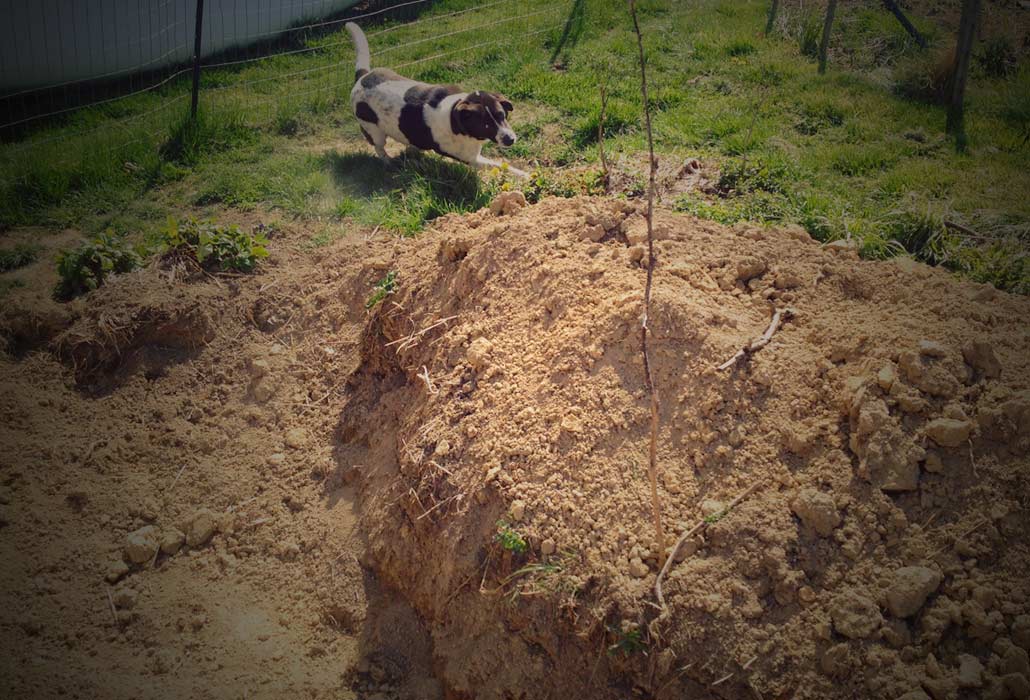
Step 1: I dug a trench about 30″ wide and 2′ or so deep. For some reason Sadie was really excited about this new feature in the garden.
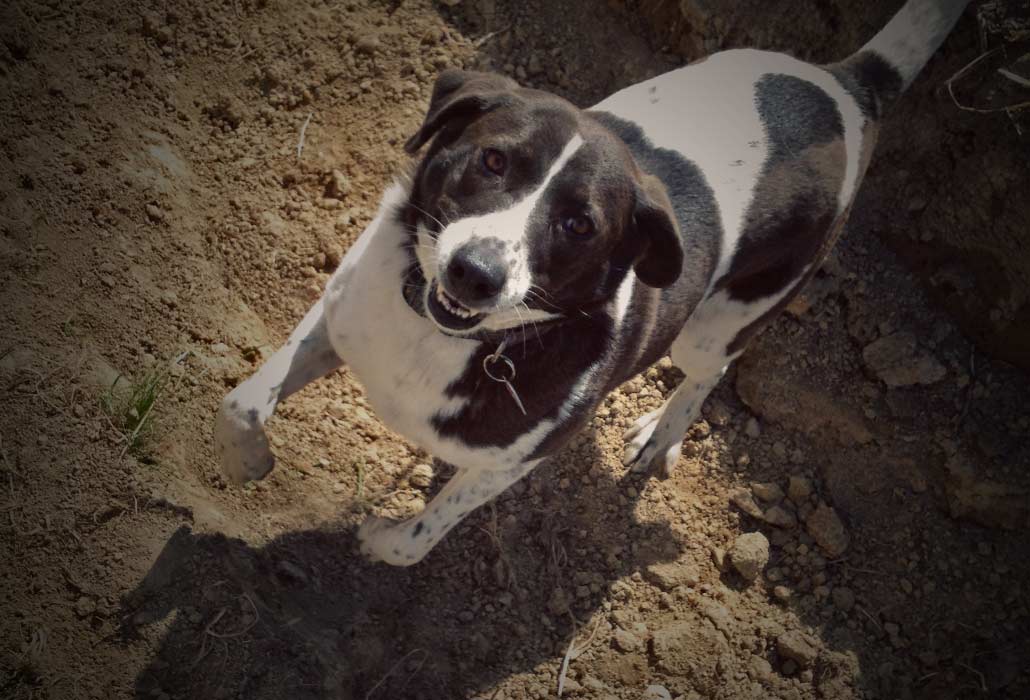
Step 2: Get your overly amped dog out of the trench.
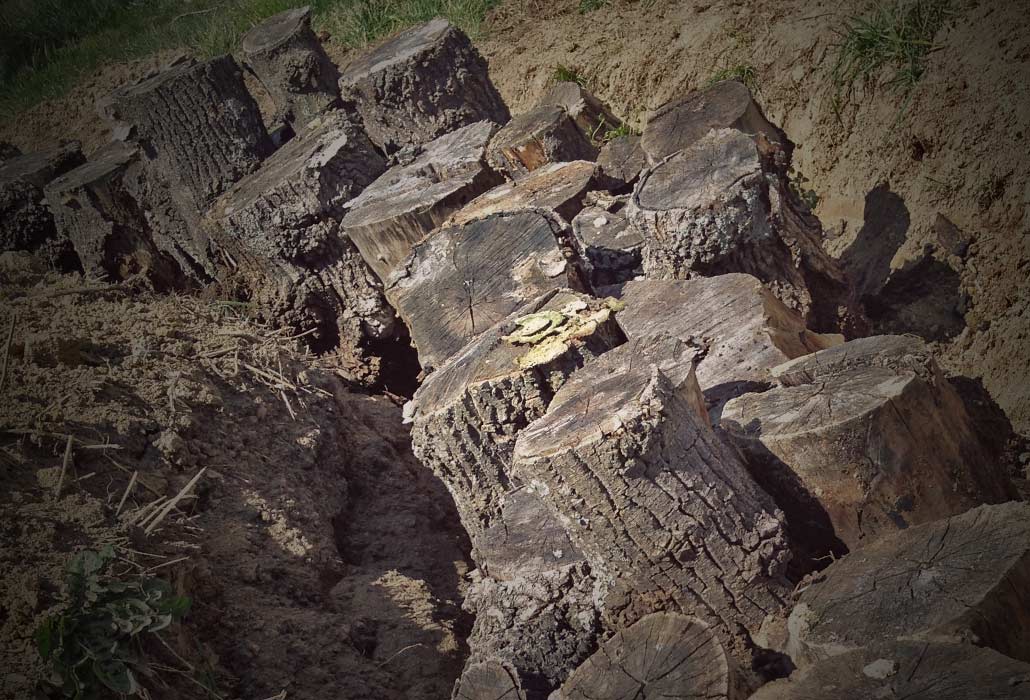
Step 3: Line your trench with logs cut to slightly taller than your trench. I chose vertical placement in hope that the logs will feed the top soil layer water like wooden straws regulated moisture.
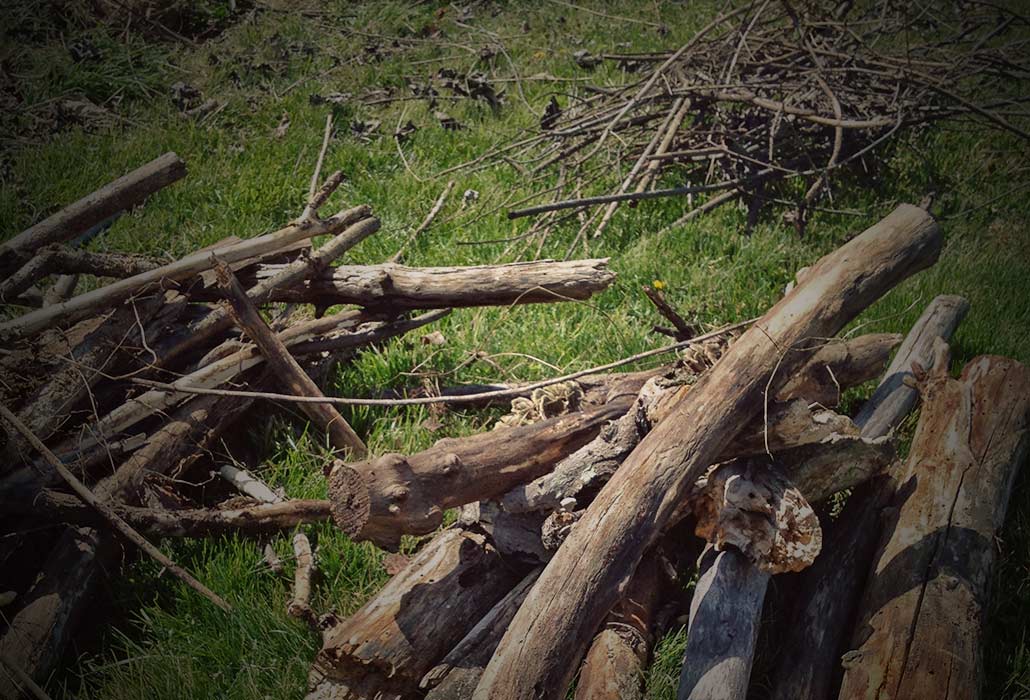
Step 4: Gather several sizes of branches, sticks and brush. It’s not necessary to arrange them by size in dainty piles, but it makes the photos more engaging.
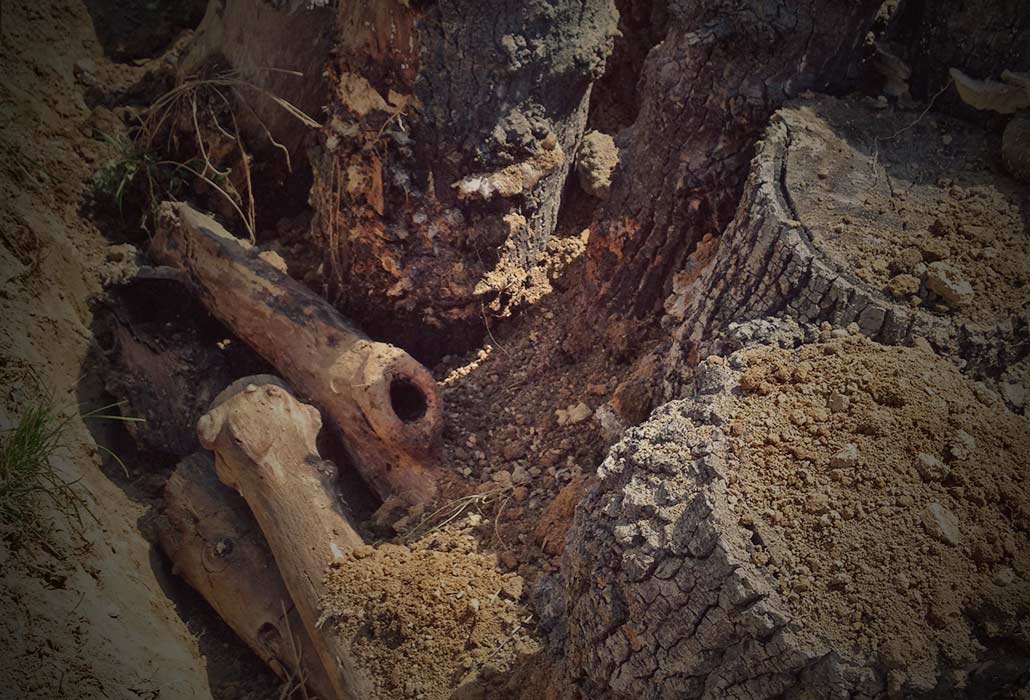
Step 5: I lined the edges of the trench with the largest size of branches as I started to back fill everything with dirt. Try to fill all voids with soil to improve wood breakdown.
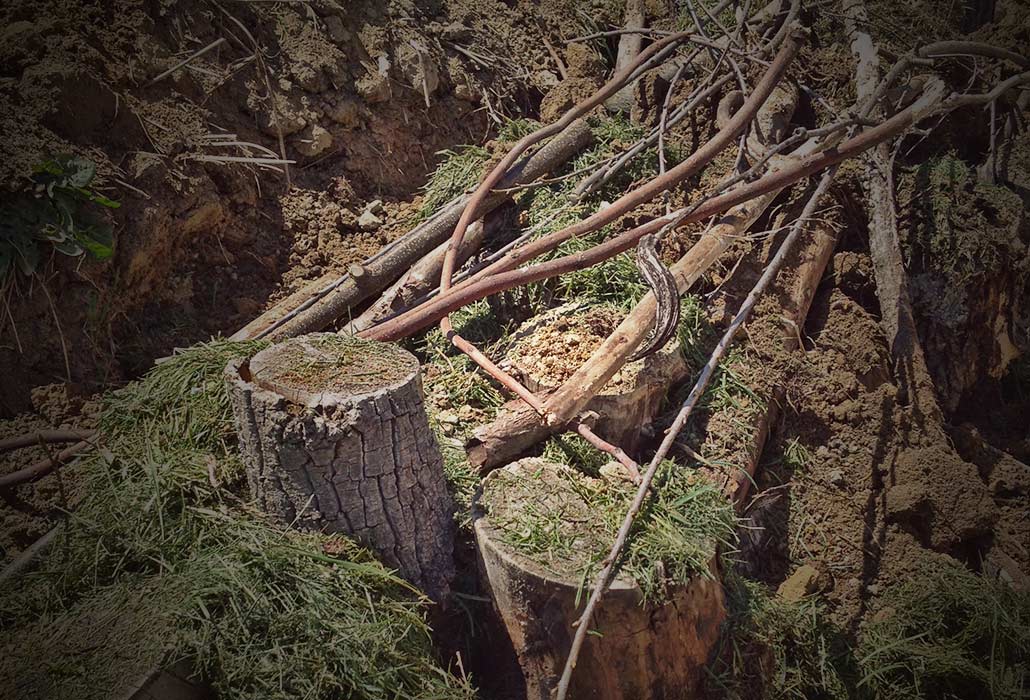
Step 6: Add leaves and other organic matter. I chose to mix in some fresh grass clippings because the pile, at this point, is loaded with carbon (brown) and short on nitrogen (green).
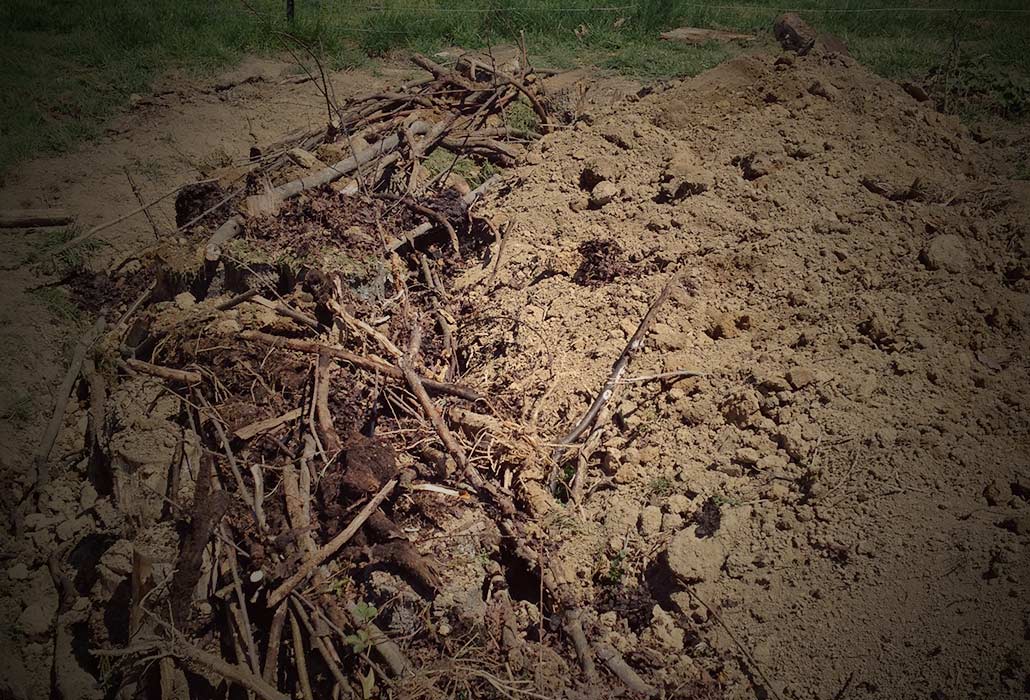
Step 7: Hey, this looks like a giant brush pile? Perfect. Now bury it.
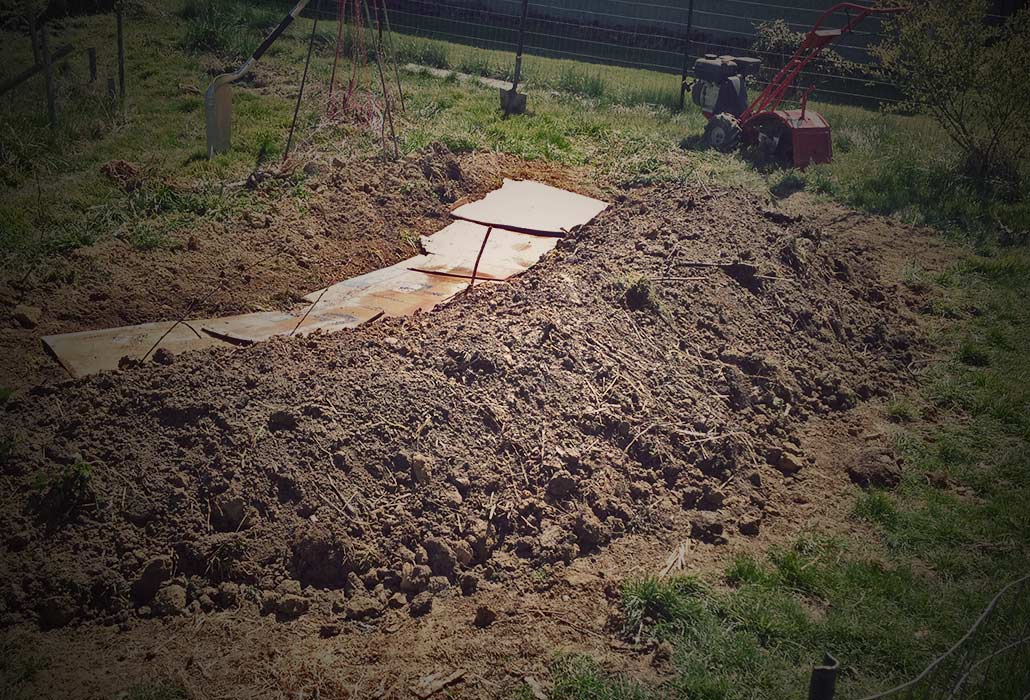
Step 8: Hide your work with a thick layer of dirt or compost. I’ve laid cardboard down as a weed barrier where my path will be.
I’ll probably grow exclusively crops from the legume family on this bed for the year. It’s an effort to fix nitrogen into this now carbon heavy environment. Beans and peas pull nitrogen from the air and transfer it to the soil as they decompose. Next year I’ll work the bed into my typical 4 year rotation.
There you have it. That’s how I constructed my experimental Hugelkultur mound for my vegetable garden. You’ll noticed the bed is curved, it’s for a reason. It’s part of a permaculture strategy that changes my mounded bed into a swale designed to capture water as it travels across my lightly sloping property. Swales?! What the heck? Nobody mentioned swales. Stay tuned….
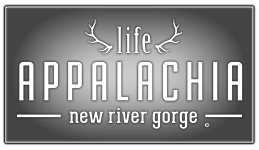
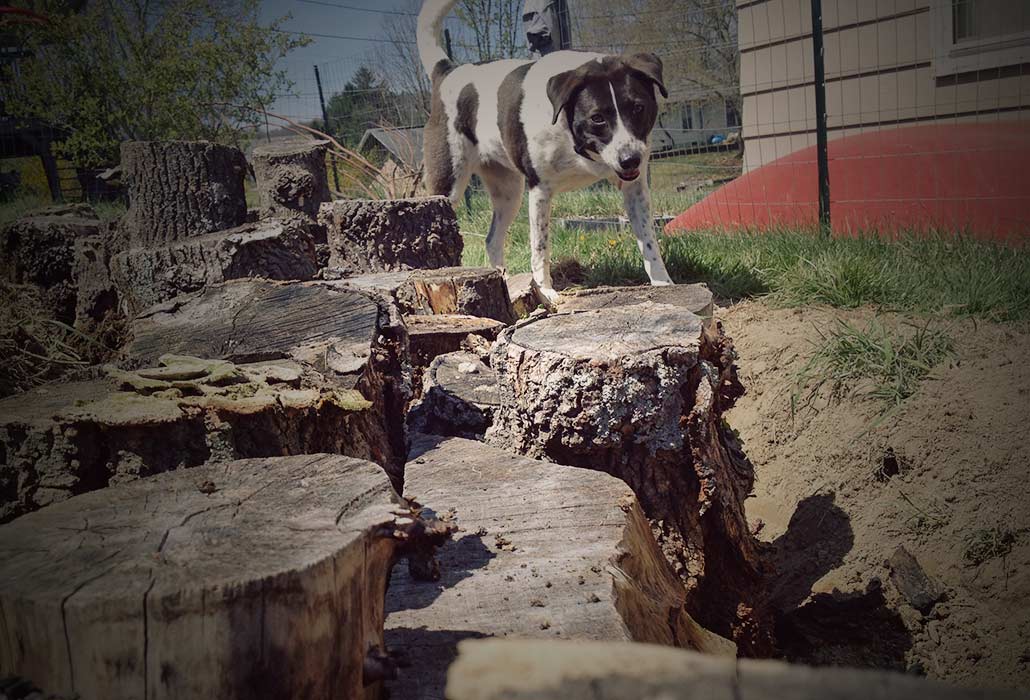
2 Comments